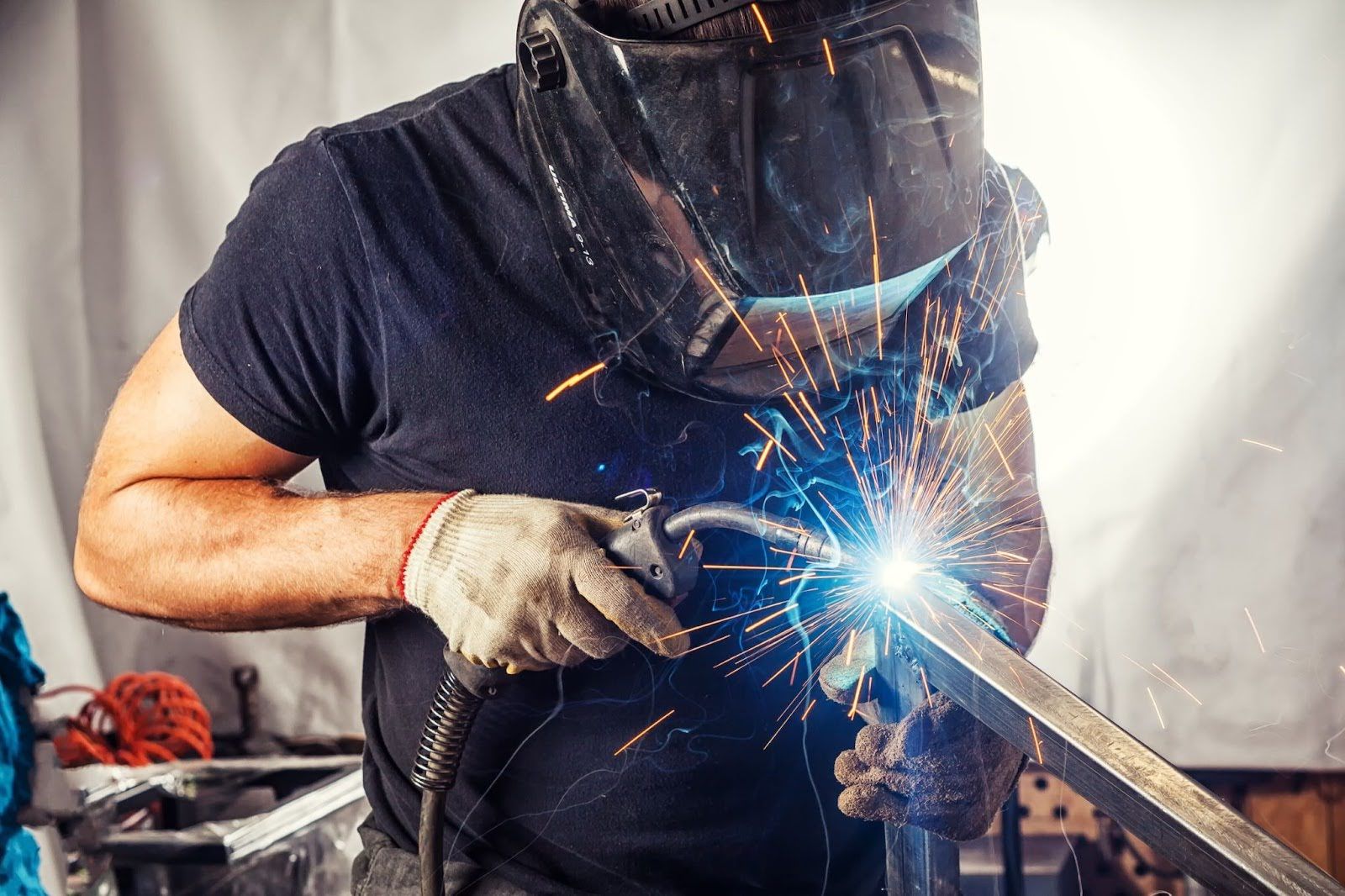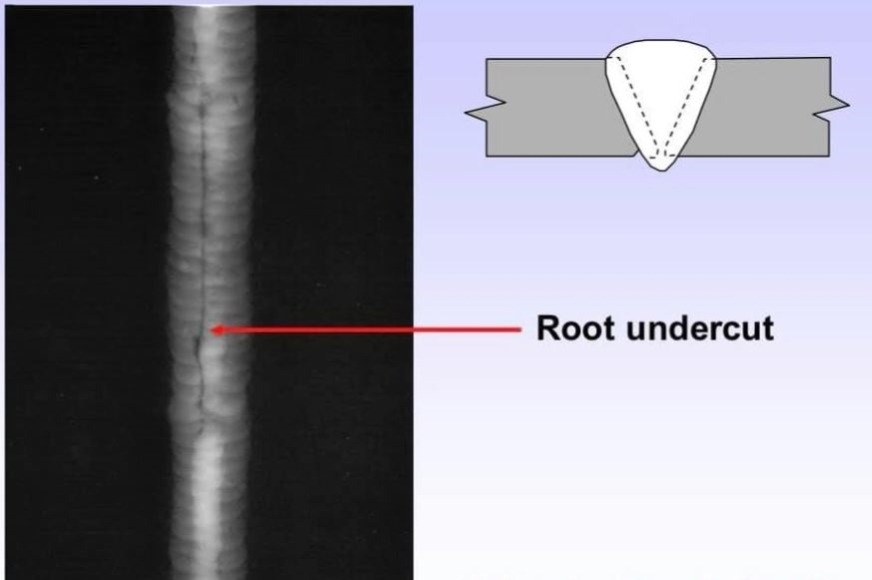How to Prevent Weld Undercut: Vital Tips for Welders
How to Prevent Weld Undercut: Vital Tips for Welders
Blog Article
Essential Tips for Welders: Avoiding Undercut Welding and Ensuring Stronger Weld Joints
In the world of welding, accomplishing durable and solid weld joints is the keystone of creating premium job. One usual obstacle that welders often encounter is undercut welding, which can jeopardize the integrity of the weld joint.

Recognizing Undercut Welding
Undercut welding is an usual welding problem that happens when the weld steel fails to effectively fill the groove and leads to a groove-like clinical depression along the weld bead. This flaw deteriorates the weld joint, making it susceptible to breaking and failure under stress and anxiety. Undercutting can be caused by numerous aspects, including too much welding existing, high welding speed, incorrect electrode angle, inaccurate electrode dimension, and inadequate welding strategy.
One of the major factors for undercut welding is an inequality between the welding existing and the welding rate. If the welding current is too high or the welding speed is too quick, the weld steel might not properly load the groove, causing damaging. Furthermore, using an electrode that is too big can lead to a similar result, as the excess steel can not properly stream into the groove.
To stop undercut welding, welders ought to ensure they are making use of the right welding parameters, keep a suitable electrode angle, pick the appropriate electrode dimension, and practice proper welding techniques. By resolving these elements, welders can minimize the risk of damaging and produce stronger, a lot more trustworthy weld joints.
Correct Welding Method
Reliable welding technique plays an important duty in making sure the high quality and stability of weld joints. Proper welding technique involves a combination of accuracy, adherence, and ability to finest techniques. One essential aspect of proper welding technique is preserving the appropriate angle and range in between the welding gun and the workpiece. Welders should additionally pay very close attention to the travel speed and warm input to stop concerns like undercutting, porosity, or insufficient fusion.
In addition, a consistent and regular hand activity is important for creating strong and long lasting weld joints. Welders need to intend for smooth, consistent motions to guarantee even distribution of the weld material. Correct manipulation of the welding gun and filler product is additionally crucial to attaining ideal penetration and combination.
Moreover, regulating the warm input and choosing the appropriate welding criteria based on the material being bonded are essential consider achieving high-grade welds - Preventing weld undercut. Welders ought to comply with the advised settings provided by welding procedure specifications and adjust them as required based upon the certain demands of the task. By understanding correct welding techniques, welders can considerably improve the stamina and reliability of their weld joints
Choosing the Right Electrode
Keeping read more the correct angle and distance between the welding gun and the workpiece is fundamental when taking into consideration the value of selecting the best electrode in welding applications. The option of electrode plays a crucial function in determining the top quality and stamina of the weld joint. Electrodes can be found in various kinds, each designed for particular objectives and materials.
To start with, picking the appropriate electrode size is crucial. Thinner electrodes appropriate for welding slim products, while thicker electrodes are much better for thicker materials and higher warm applications. Matching the electrode diameter to the density of the workpiece aids accomplish a well balanced weld.
Second of all, recognizing the product make-up of the electrode is vital. Various electrodes are designed for welding details materials like steel, stainless steel, aluminum, or cast iron. Using the right electrode product makes sure good fusion and minimizes the threat of issues in the weld.
Lastly, thinking about the welding position and technique is essential when picking the electrode kind. Specific electrodes are better matched for above or upright welding placements, while others work well for flat or straight placements. Choosing the best electrode based on the their website welding method improves the total weld top quality and honesty.
Preparing the Base Steel
To make certain an effective welding process, what first steps should be taken when preparing the base metal for welding? In addition, any kind of existing weld material or deposit from previous welding should be removed to guarantee a tidy surface area for the new weld.

Performing Post-Weld Inspections

After carrying out these evaluations, welders need to contrast the outcomes against industry requirements and job demands to guarantee that the weld joint satisfies all essential criteria. Any kind of inconsistencies or insufficiencies uncovered throughout the post-weld examination needs to be promptly dealt with with proper corrective actions to ensure find more the weld's honesty. By faithfully executing post-weld inspections and quickly addressing any type of issues, welders can support the top quality and reliability of their work, ultimately adding to the safety and long life of the bonded structures.
Verdict

To conclude, stopping undercut welding and ensuring more powerful weld joints require a mix of appropriate welding technique, picking the best electrode, preparing the base steel appropriately, and performing post-weld examinations. By recognizing the reasons for undercut welding and carrying out the essential safety measures, welders can generate high-quality weld joints that satisfy market criteria and make certain the architectural integrity of the bonded components.
Undercut welding is a common welding problem that occurs when the weld steel stops working to properly fill the groove and results in a groove-like clinical depression along the weld grain (Preventing weld undercut). Damaging can be triggered by various factors, consisting of too much welding existing, high welding rate, incorrect electrode angle, wrong electrode size, and poor welding technique
One of the major reasons for undercut welding is an imbalance between the welding current and the welding speed. If the welding current is as well high or the welding speed is also fast, the weld steel might not adequately load the groove, leading to damaging.Preserving the appropriate angle and range between the welding weapon and the workpiece is basic when considering the importance of selecting the appropriate electrode in welding applications.
Report this page